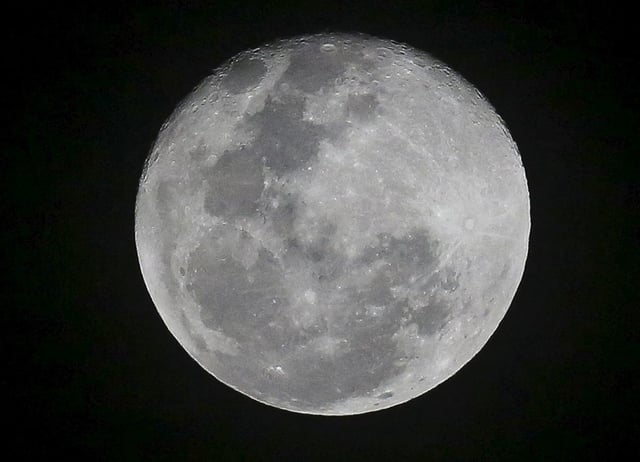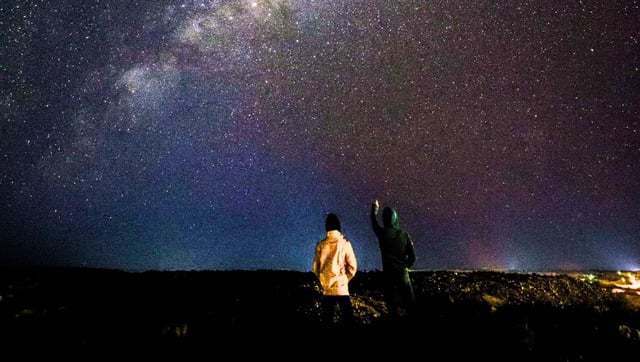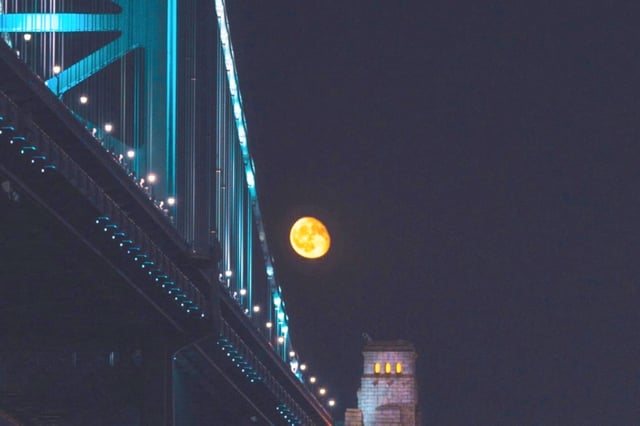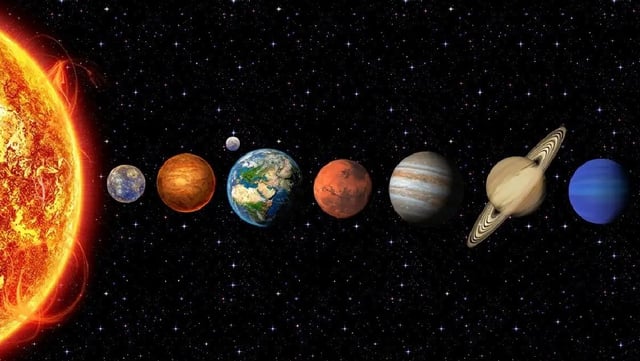Overview
- The lineup features Mercury, Venus, Jupiter, Saturn, Uranus and Neptune arrayed along the ecliptic about an hour before sunrise beginning August 10
- Mercury, Venus, Jupiter and Saturn will be visible to the naked eye while Uranus and Neptune require binoculars or a small telescope
- The Perseid meteor shower reaches its maximum activity on the nights of August 12–13 with potential rates of 50–100 meteors per hour under ideal dark-sky conditions
- Experts advise observers to seek clear, moon-free horizons and low light pollution for the best views of both planets and meteors
- Astronomy apps like Star Walk 2 offer real-time sky maps and augmented-reality guides to help locate planets and track the meteor shower



